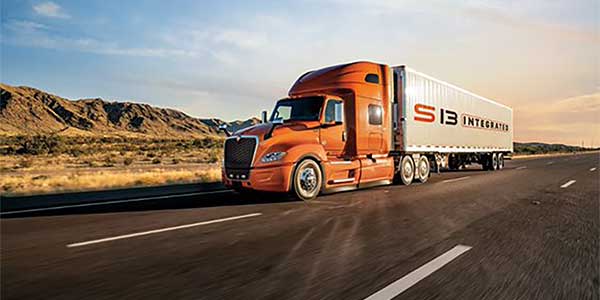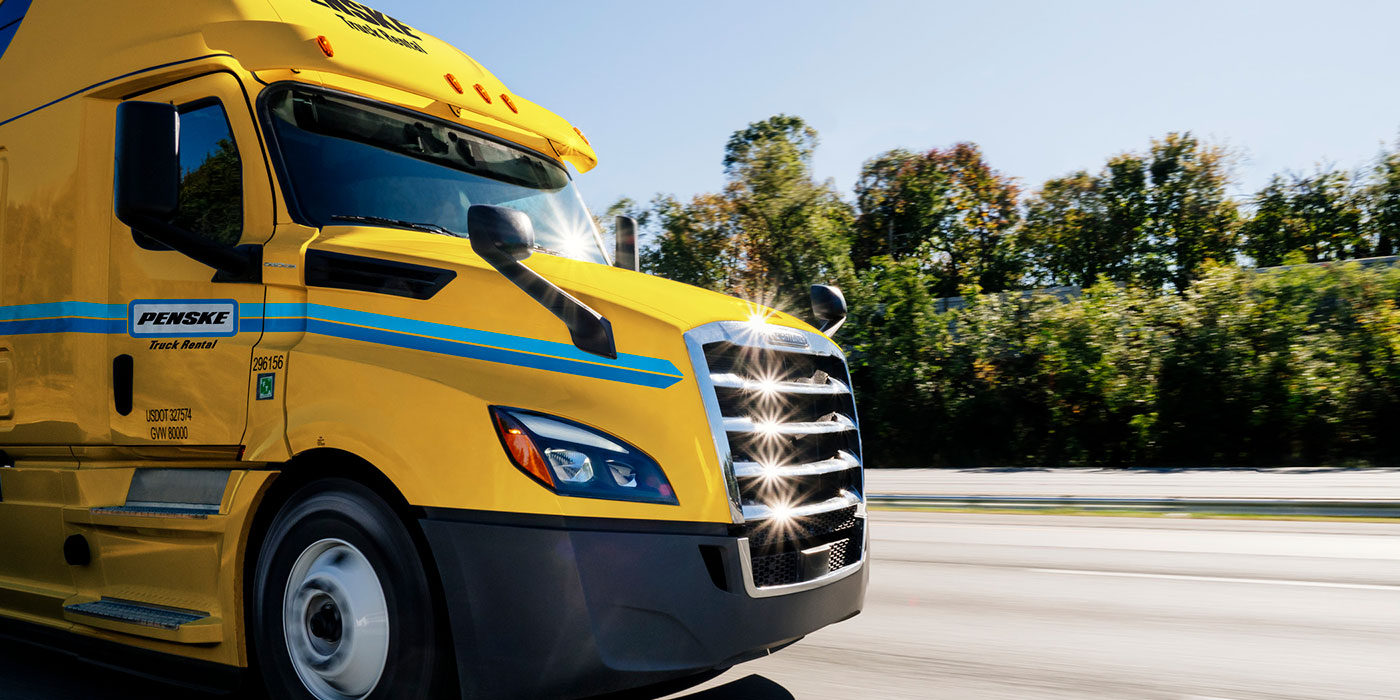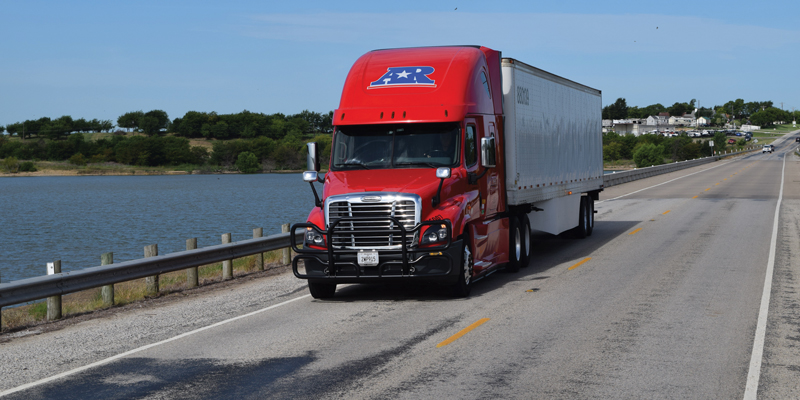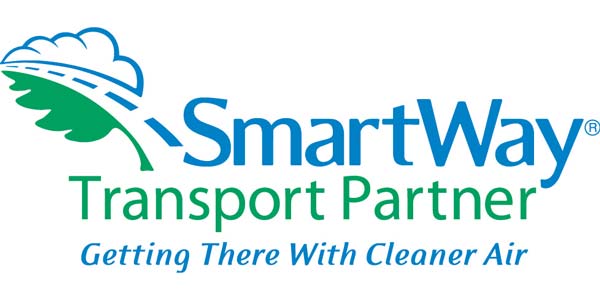We come across the use of the term with increased frequency, but just what does “sustainability” mean? According to the dictionary, it is “the quality of not being harmful to the environment or depleting natural resources and thereby supporting long-term ecological balance.”
So when the industry that has the largest energy bills and the second-largest amount of greenhouse gas emissions in the commercial sector of the U.S. economy, according to the Environmental Protection Agency, makes an important step toward sustainability, maybe we should take notice. And that’s exactly what happened recently when the Retail Industry Leaders Association (RILA) published its 2012 Retail Sustainability Report. The Association, an affiliate of the SmartWay Partnership, counts among its members more than 200 retailers, product manufacturers and service suppliers. Together they account for more than $1.5 trillion in annual sales, millions of American jobs and more than 100,000 stores, manufacturing facilities and domestic and international distribution centers.
The report highlights recent results achieved by RILA’s retail sustainability initiative (RSI), activities that will most likely increase in the future. The initiative was launched in 2007 and has since hosted four conferences attracting almost 400 sustainability and compliance professionals from the retail industry who discussed best practices, developed inter-company collaborations and identified future trends.
The report describes how retailers are improving transportation efficiency through an array of strategies. Food retailer Safeway, for example, is focusing on locally grown products to cut transportation-related costs and emissions simply by reducing the number of miles traveled. The company sees local sources as an opportunity for reducing greenhouse gas emissions and supporting the vitality of regional farms.
Choosing the appropriate mode of transportation can significantly cut down on fuel consumption, costs and carbon emissions. By improving delivery routes, optimizing truck loads and utilizing SmartWay-recommended fuel saving equipment technology, CVS/Pharmacy has eliminated 11,000 delivery routes and saved 500,000 gal. of fuel.
After testing an all-electric battery powered truck, Staples ordered 53 units of this truck design for delivery in the fourth quarter of 2010 into 2011. The office equipment company also tested a prototype of a hybrid diesel-electric design in two delivery trucks. When this technology is available in actual production models, the company said it will consider purchasing some for wider-scale deployment in its fleet of delivery vehicles. This program has helped Staples save one million gallons of diesel fuel annually since initiating the effort in 2007.
Like most retail companies, Lowe’s does not own a truck fleet. As a result, to reduce the carbon footprint from its product transportation, Lowe’s utilizes only SmartWay carrier partners for its domestic shipments. In addition to its direct influence on its own carriers, Lowe’s is heavily involved in the Coalition for Responsible Transportation, the Environmental Defense Fund and the SmartWay Clean Trucks Initiative, which provides a framework for reducing truck-related exhaust emissions at ports.
Looking to the future, RILA’s 2012 Retail Sustainability Report says, “Successfully addressing global social and environmental challenges will require collective action and increased stakeholder involvement. As an influential industry, retailers understand that they have a responsibility to promote positive change in their communities and globally.”
Clearly, through the report, the members of RILA understand their responsibility to “support long-term ecological balance” and have come a long way in just the four years since the program was launched. This SmartWay affiliate is to be applauded.













